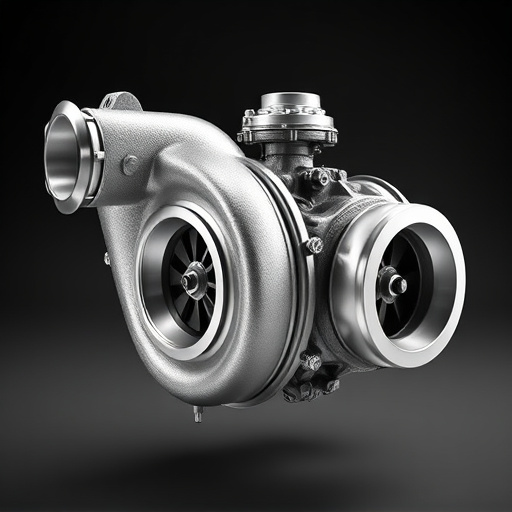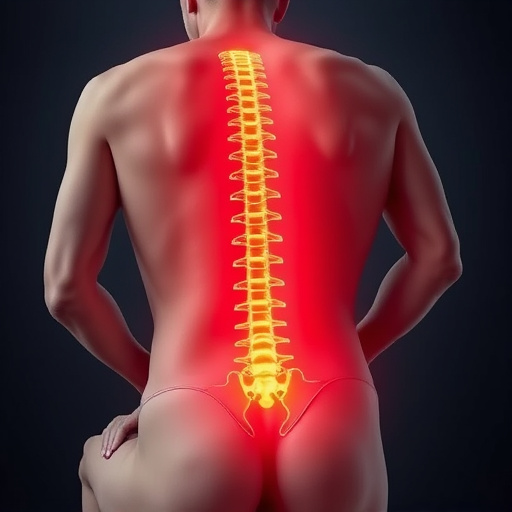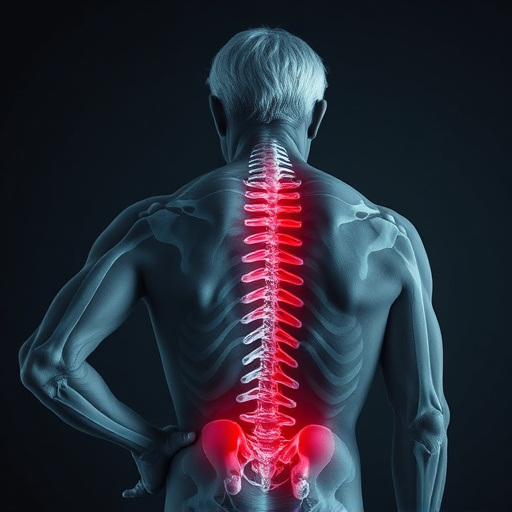Auto injury assessment is a multi-step process crucial for understanding and treating car accident injuries, including muscle sprains, strains, and whiplash. Evaluation time varies based on injury complexity and patient health, with severe cases or pre-existing conditions requiring more time. Streamlining traditional methods using advanced imaging tools and software can significantly enhance efficiency, enabling faster detection, communication, and personalized rehabilitation for improved patient outcomes.
Did you know that the average auto injury assessment can vary greatly in duration? This insightful article delves into the factors influencing these timelines, offering a comprehensive guide for both victims and professionals. From initial reports to detailed examinations, understanding the process is key. We explore how various elements impact assessment time, providing tips on optimizing efficiency in these crucial evaluations. By the end, you’ll grasp the ins and outs of auto injury assessments.
- Understanding the Auto Injury Assessment Process
- Factors Affecting Assessment Time
- Optimizing Efficiency in Auto Injury Evaluations
Understanding the Auto Injury Assessment Process

Understanding the Auto Injury Assessment Process
The auto injury assessment process is a crucial step in determining the extent of injuries and appropriate treatments following a car accident. It typically involves a comprehensive evaluation by medical professionals, including doctors, physiotherapists, and other specialized practitioners. This initial assessment can help identify various types of injuries, such as muscle sprains, strains, fractures, or more complex conditions like whiplash. The process often starts with a detailed patient history, where healthcare providers gather information about the accident, symptoms, and any pre-existing medical conditions.
Subsequent to the initial conversation, a physical examination is conducted, focusing on range of motion, pain levels, and sensitivity. For suspected muscle or soft tissue injuries, diagnostic imaging like X-rays, MRIs, or ultrasounds might be ordered to aid in accurate diagnosis. The assessment also considers functional abilities and may include specialized tests for specific conditions, such as whiplash treatment protocols. This thorough evaluation is essential for developing a tailored recovery plan, ensuring optimal muscle recovery, and guiding non-invasive treatments for various auto injury-related conditions.
Factors Affecting Assessment Time

Several factors influence the duration of an auto injury assessment, making it challenging to provide a precise timeframe that applies universally. The complexity of the case is a primary determinant; severe or life-threatening injuries will naturally demand more time for thorough examination and diagnosis. For instance, evaluating and managing conditions like sciatica treatment or sports injury recovery often requires extended assessments due to the intricate nature of these issues and the need for specialized knowledge.
Another significant factor is the patient’s medical history and overall health. Patients with pre-existing conditions or a history of previous injuries may necessitate additional time during the assessment process, as healthcare providers must consider potential interactions or complications. Moreover, back pain relief strategies can vary greatly depending on the specific cause and severity, leading to variations in assessment timescales.
Optimizing Efficiency in Auto Injury Evaluations

In the fast-paced world of auto injury care, optimizing efficiency is paramount to ensuring patients receive timely and effective treatment. The traditional process of evaluating car accident injuries often involves a series of detailed steps to accurately assess the extent of damage and determine the best course of action. This meticulous approach is crucial for developing personalized treatment plans that cater to each patient’s unique needs. By streamlining assessment protocols, healthcare providers can enhance overall efficiency without compromising the quality of care.
Advanced techniques and technology play a significant role in this optimization. Digital imaging tools, for instance, enable faster analysis of X-rays and MRI scans, aiding in early detection of internal injuries. Additionally, specialized software platforms facilitate the documentation and communication of assessment findings, ensuring a seamless transition to injury rehabilitation. These innovations not only reduce assessment times but also contribute to better patient outcomes by enabling prompt initiation of car accident injury care and personalized rehabilitation programmes.
Auto injury assessments vary in duration based on several factors, from the complexity of injuries to the availability of records. Understanding these variables can help manage expectations and streamline the process. By optimizing efficiency through organized record-keeping and comprehensive initial evaluations, healthcare professionals can ensure faster and more accurate auto injury assessments, ultimately improving patient care and satisfaction.














